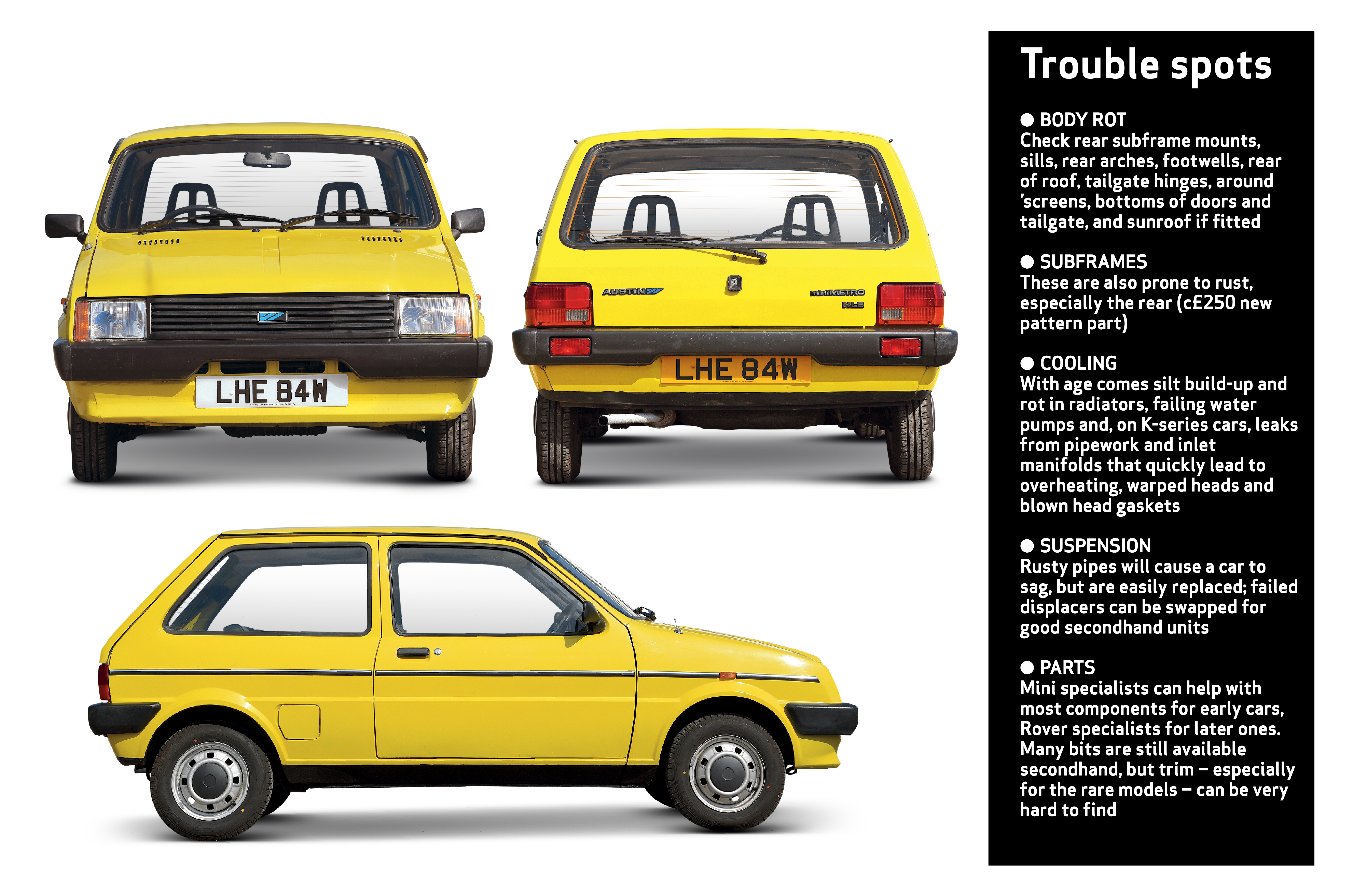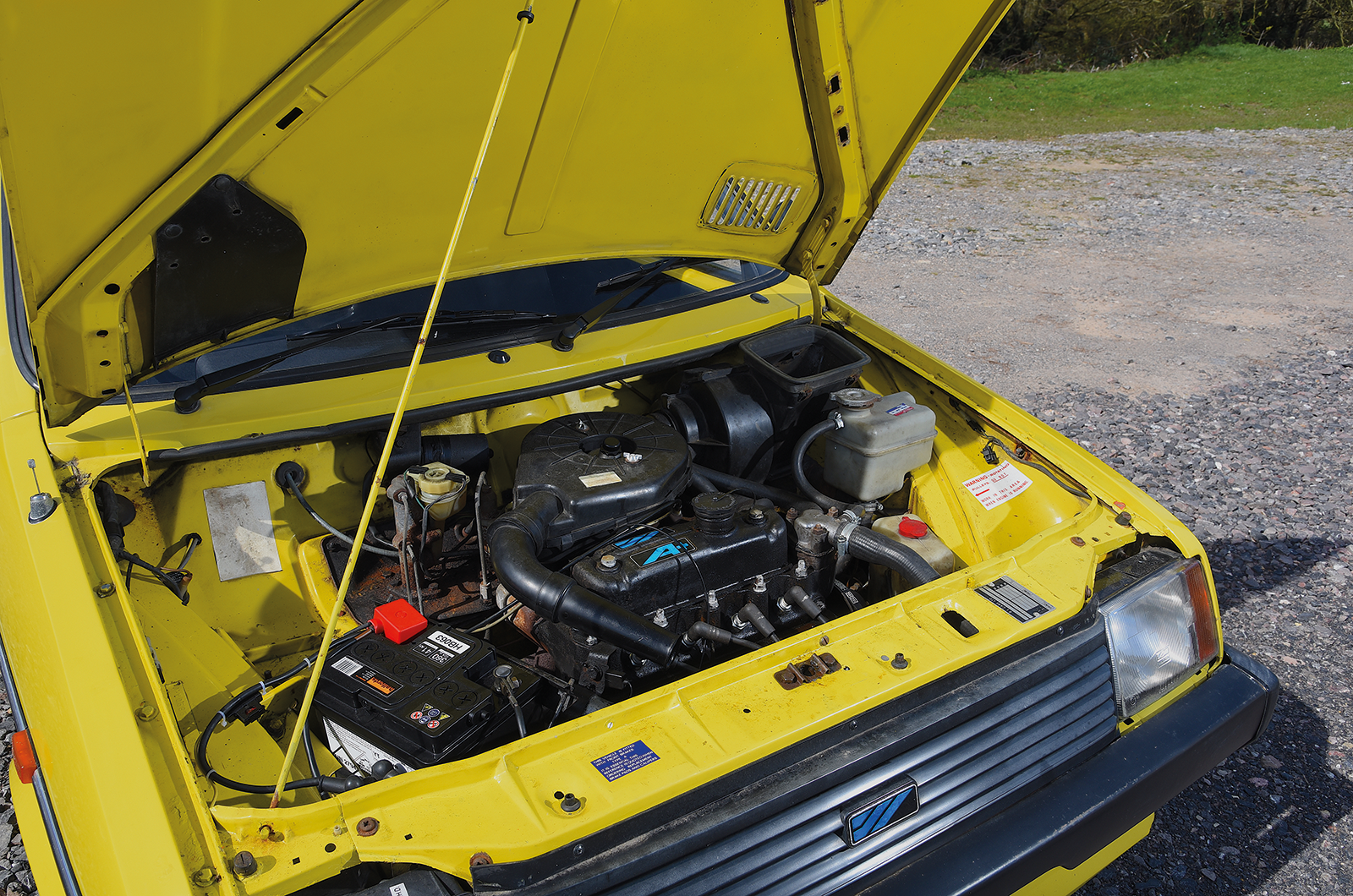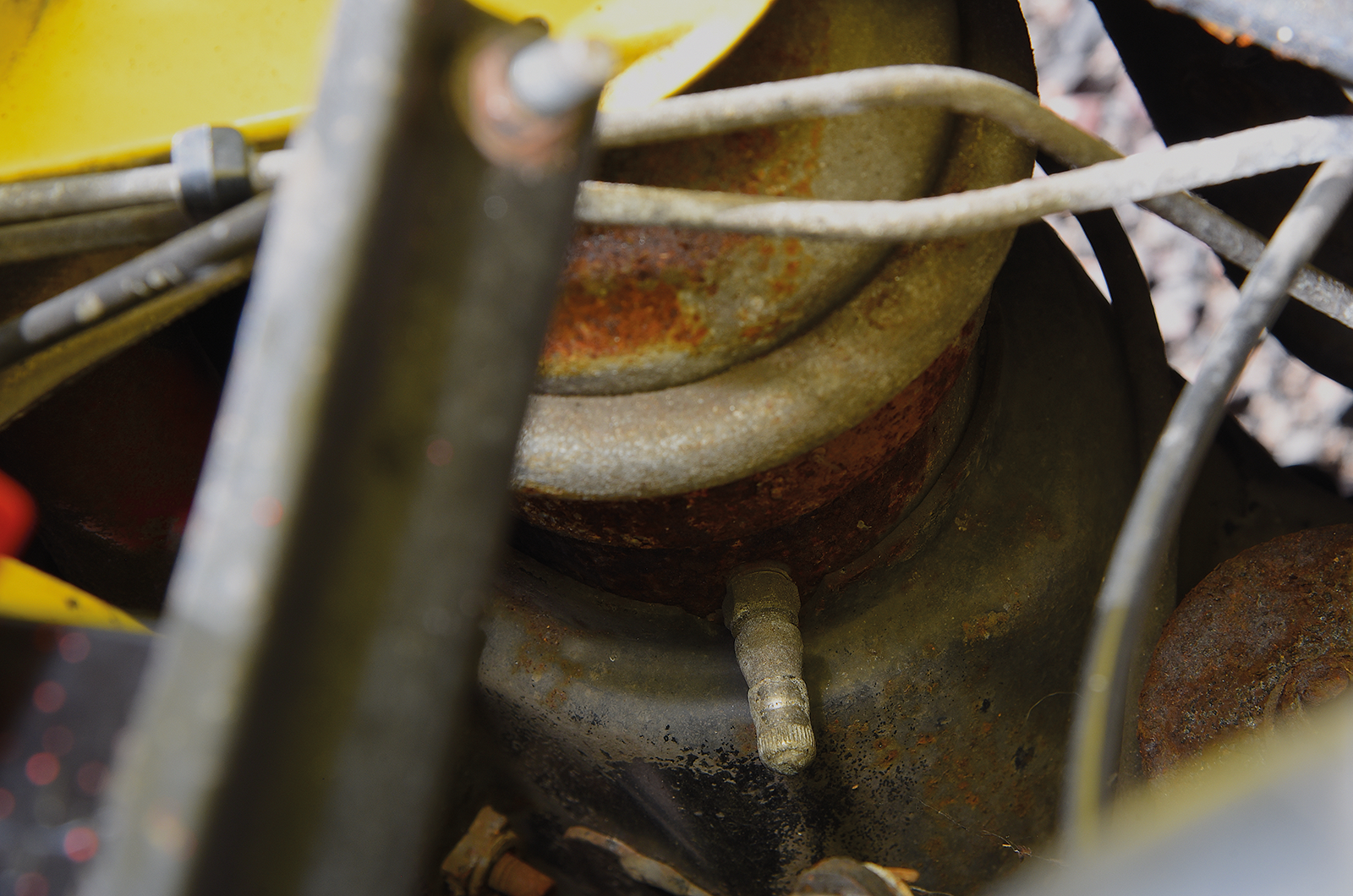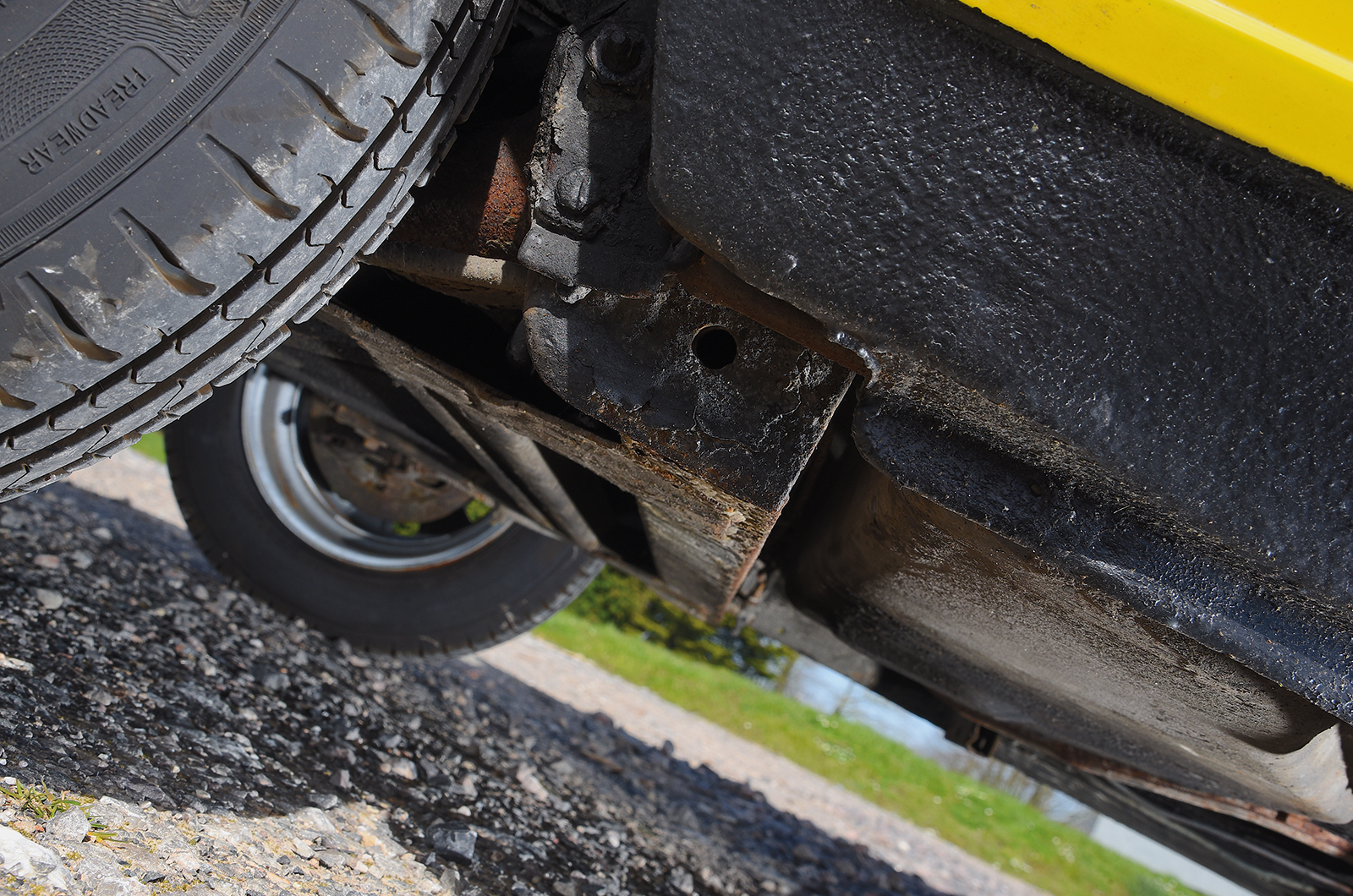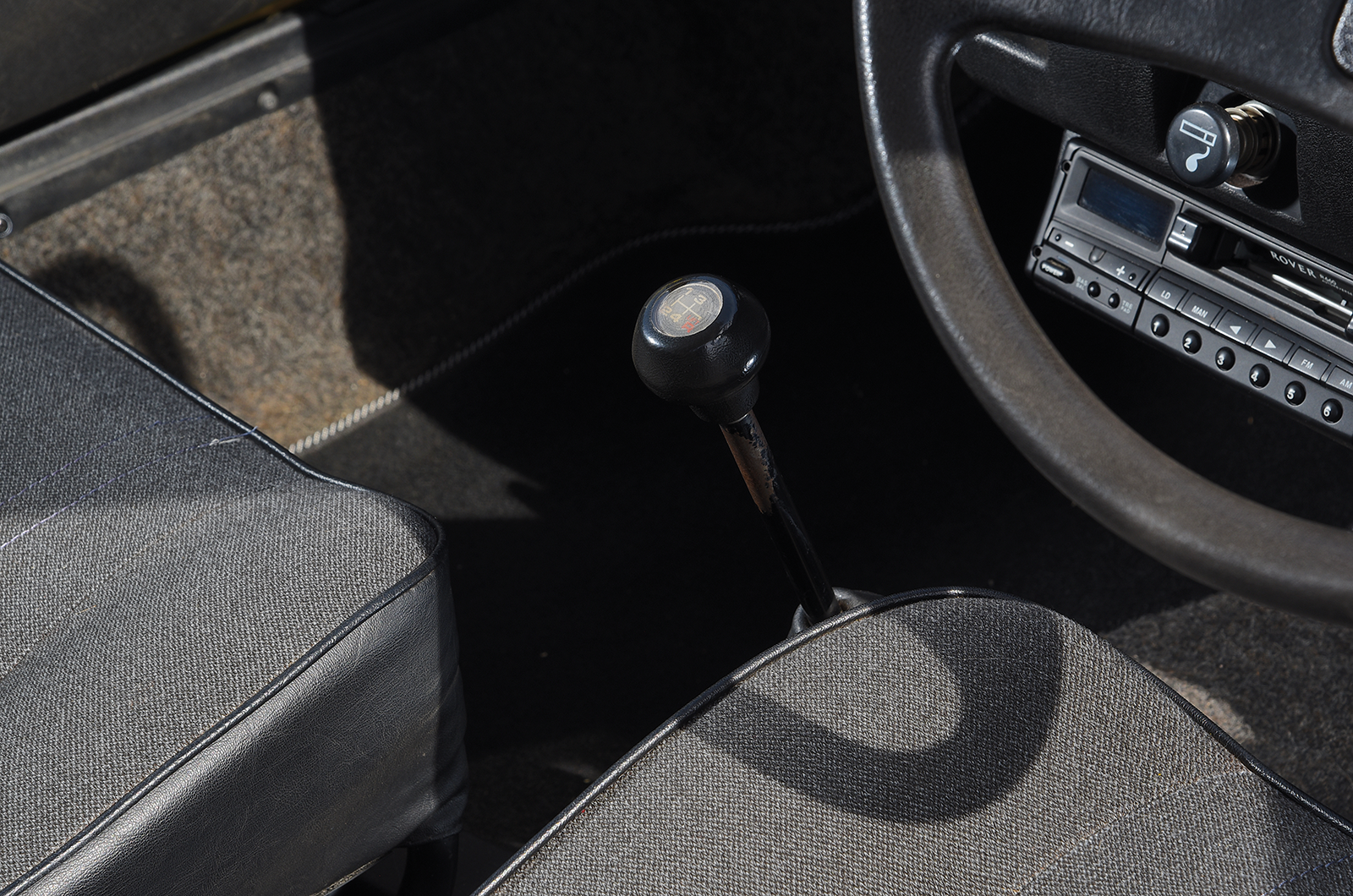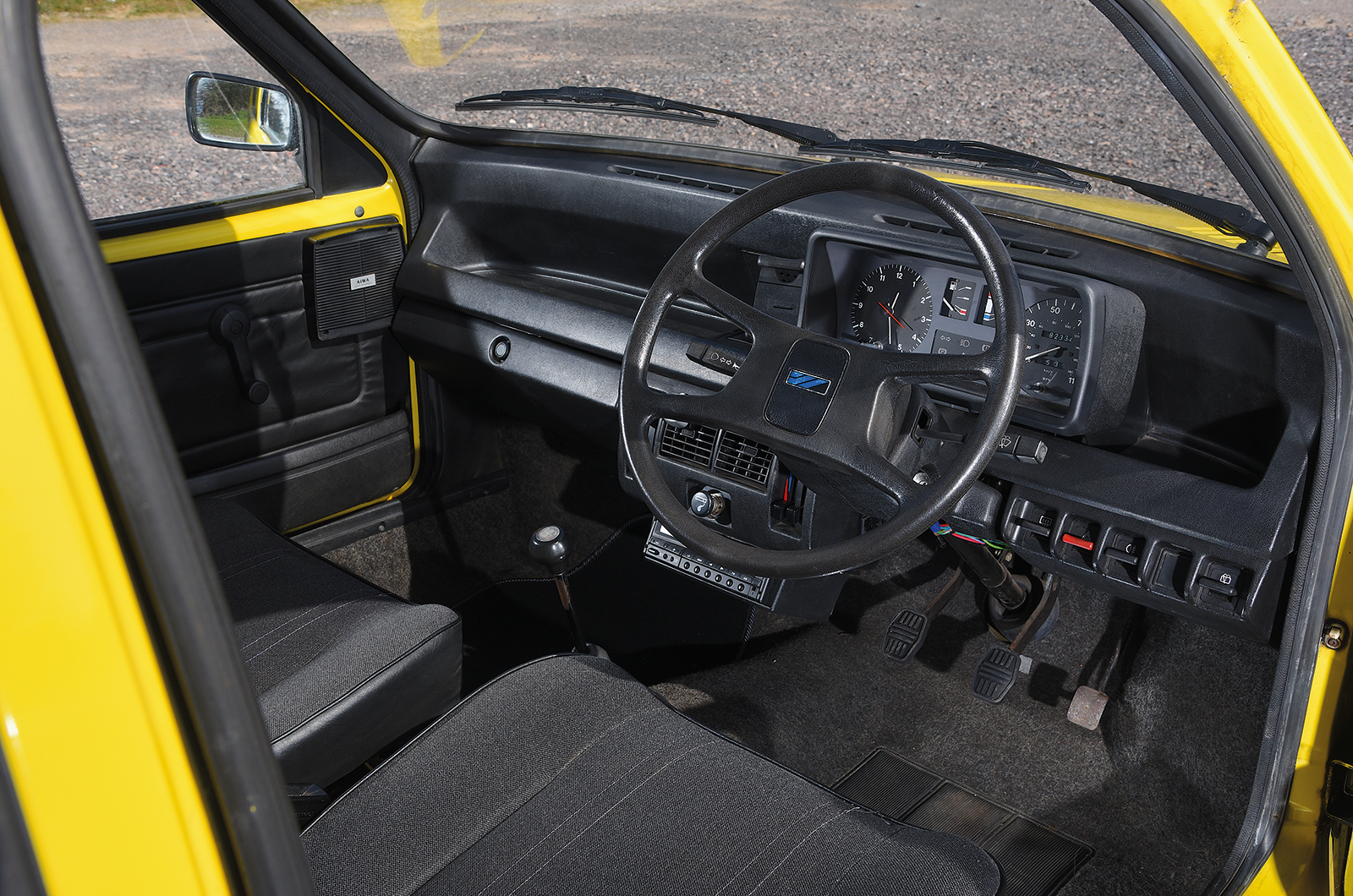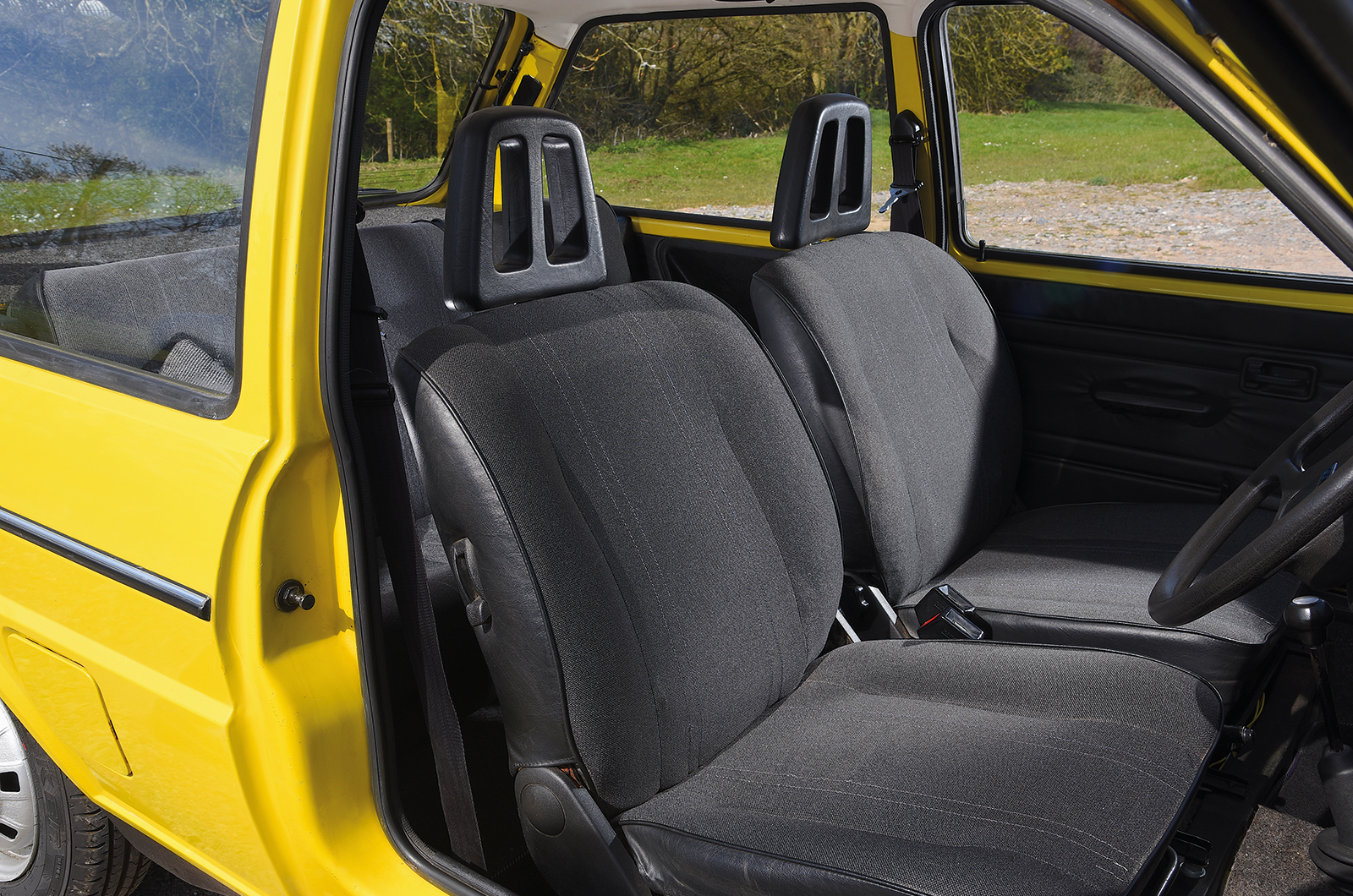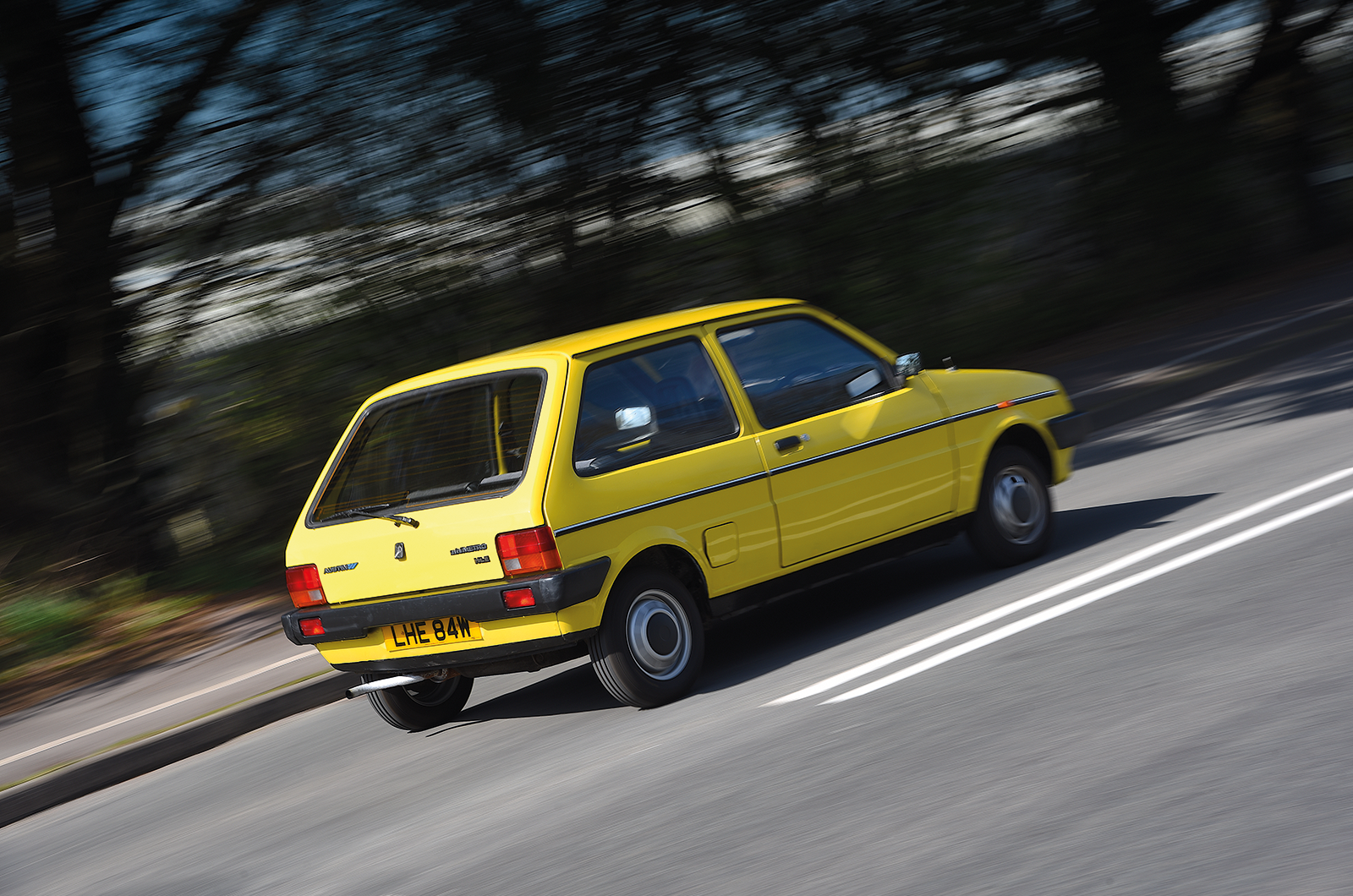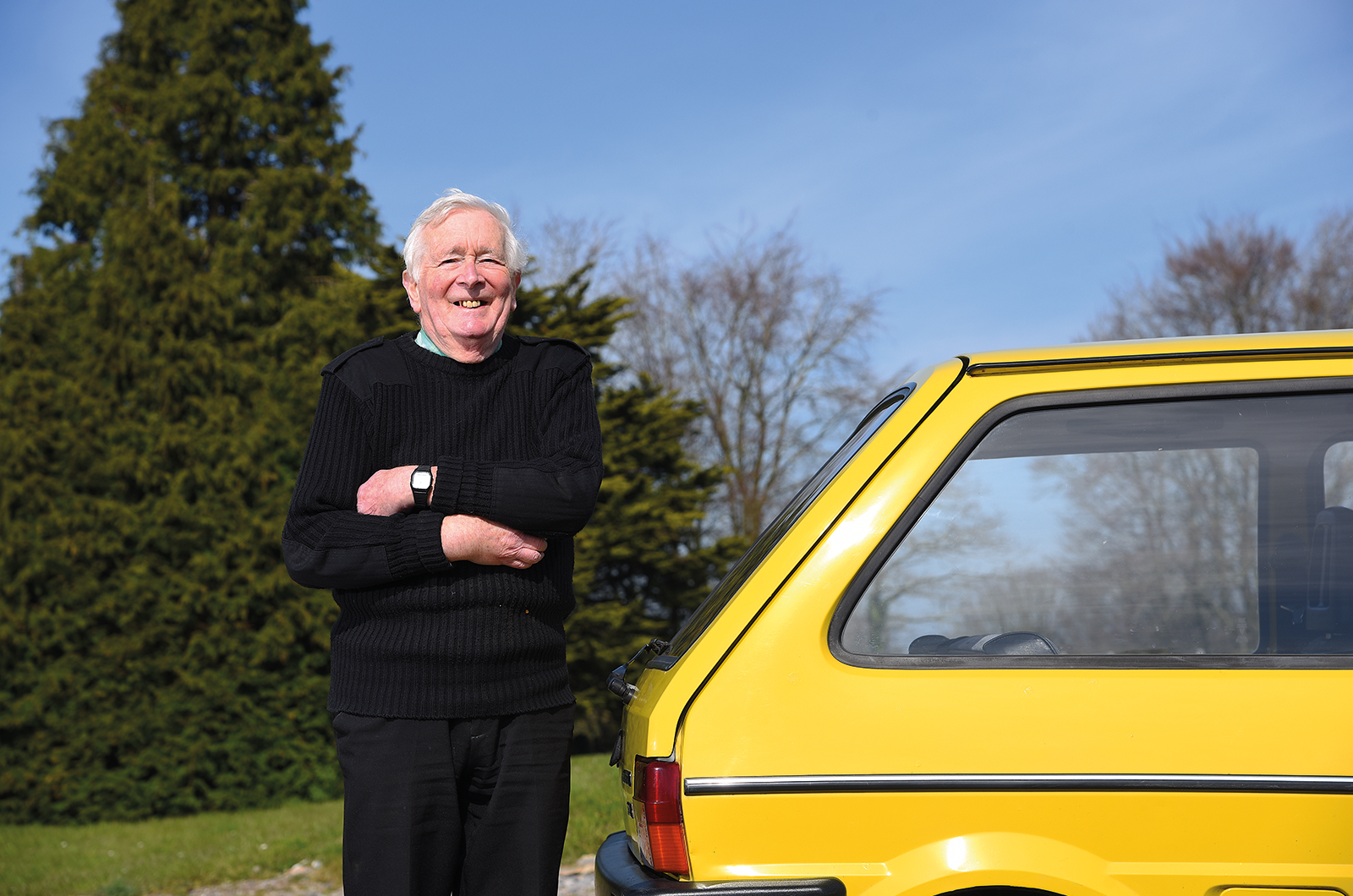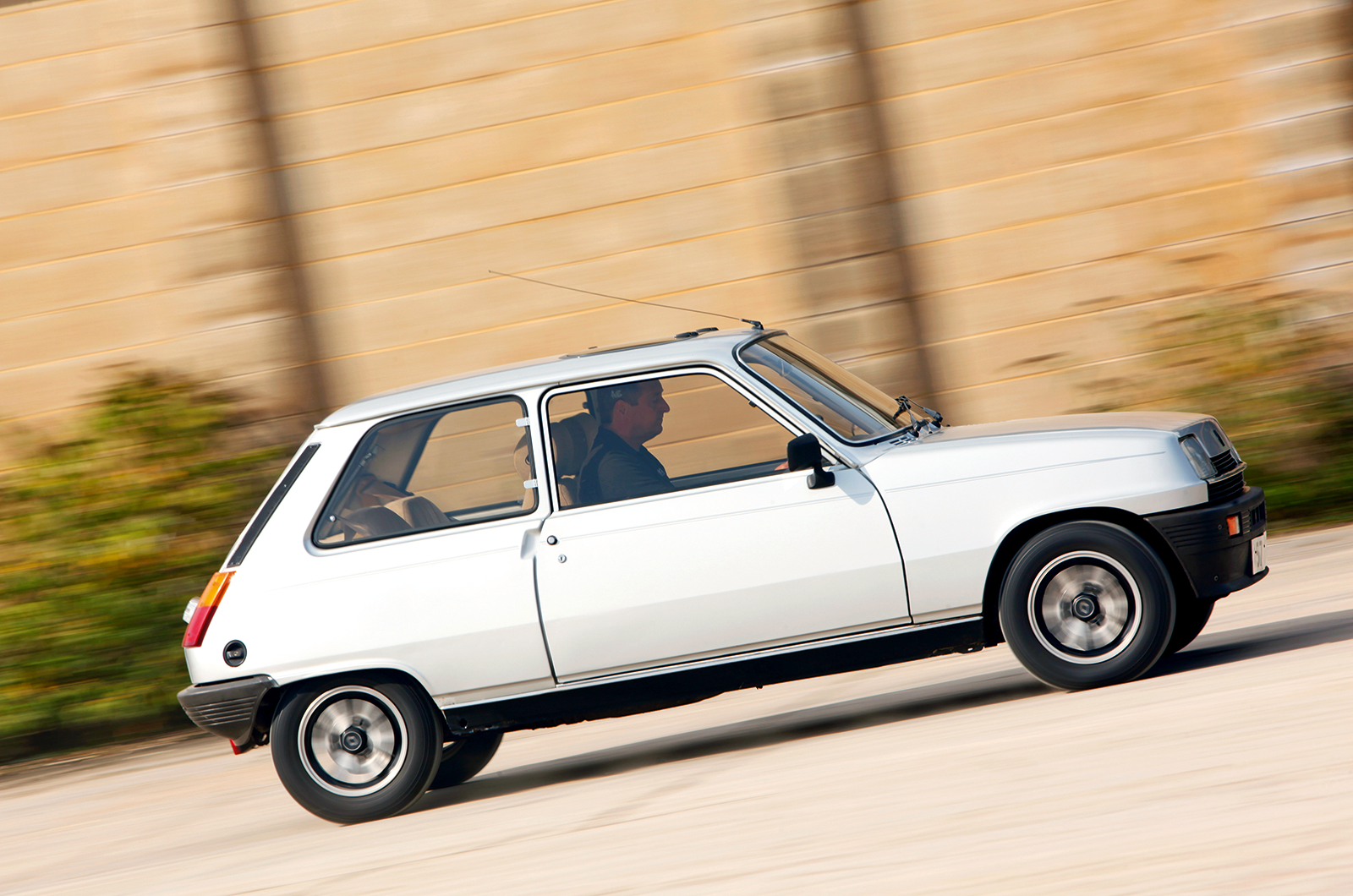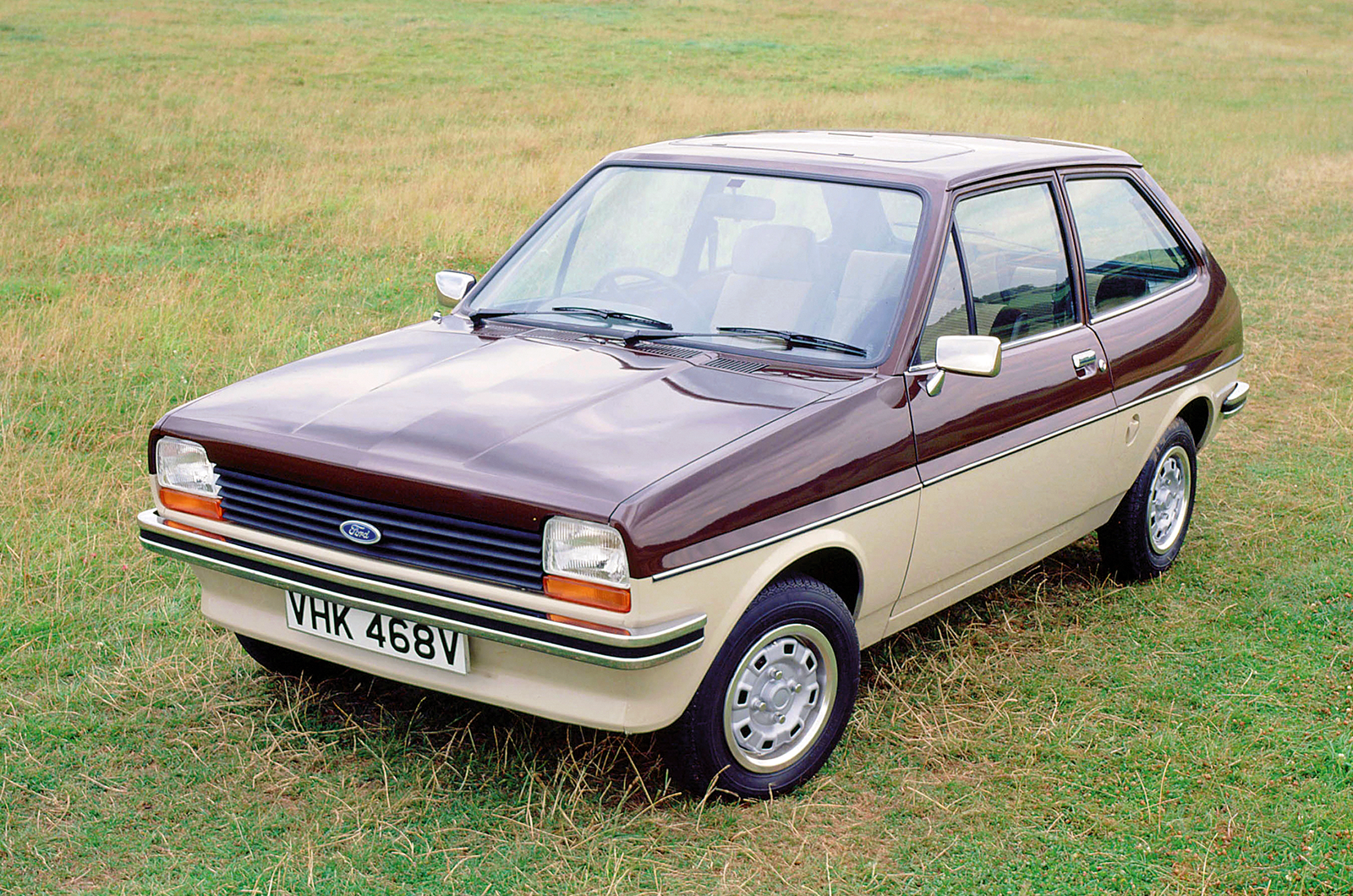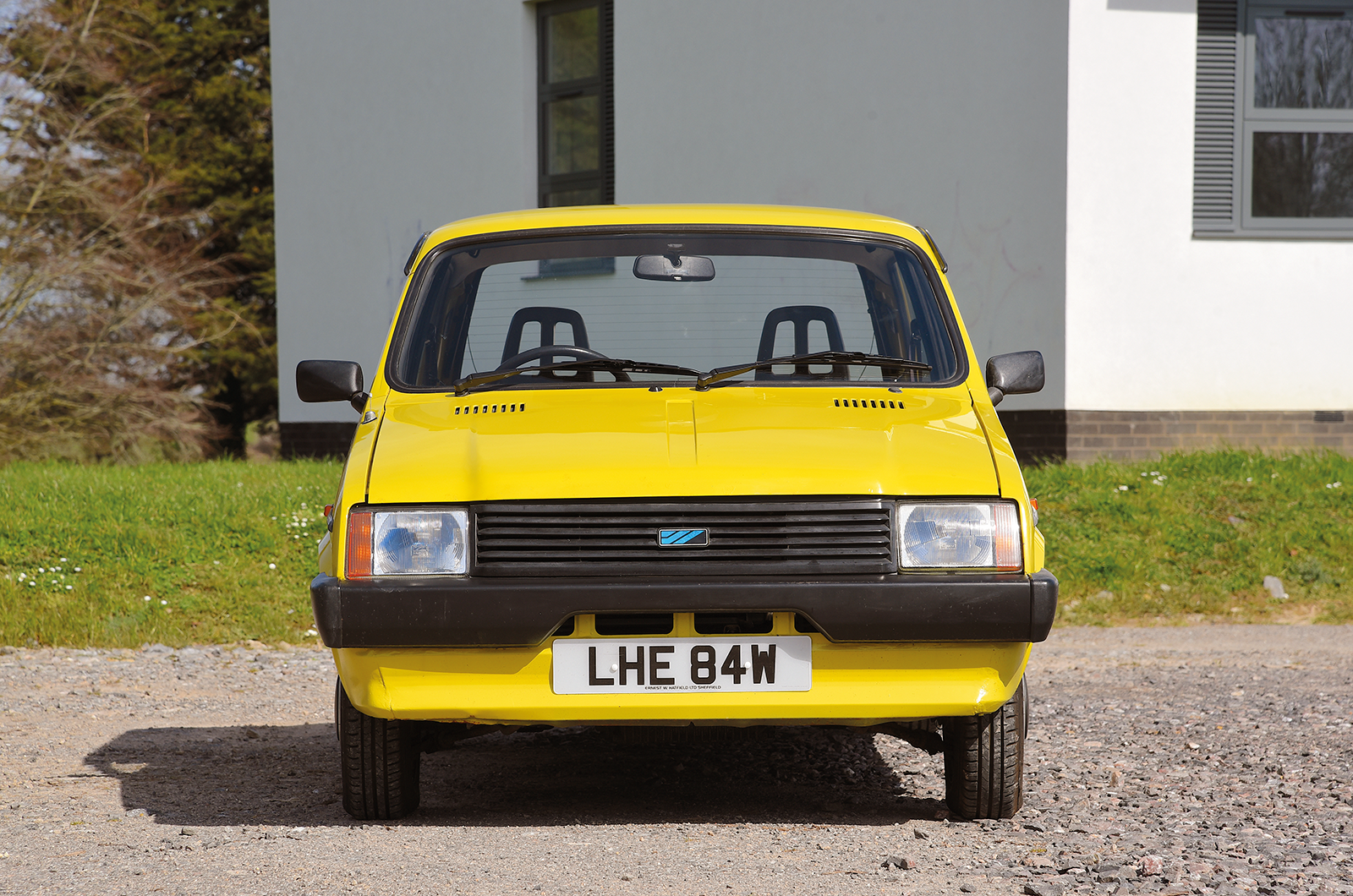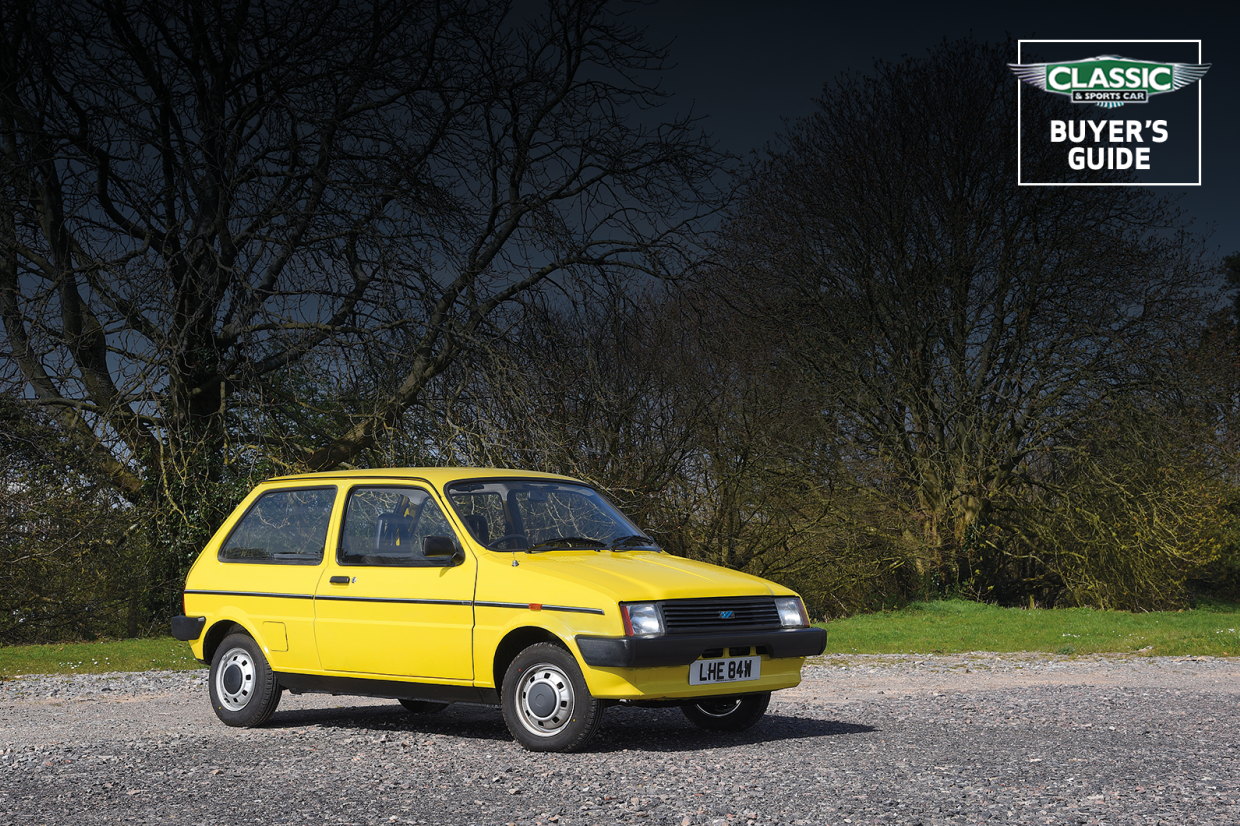
Why you’d want an Austin Metro
Overshadowed by its hugely characterful predecessor and hampered by state-owned British Leyland’s 1970s strike record, which delayed its introduction and mired the brand’s reputation, the Metro was actually – shock! – a good car.
Motor magazine headlined its first test in 1980 ‘It makes us proud to be British’, and 15 years later Autocar said in its 111Si test, ‘The Metro replacement entertains its driver in a way that its VW Polo rival can only dream of.’
BL’s first compact hatchback faced stronger opposition than ever before, and a home market where foreign imports had overtaken domestic production.
With crisp and dateless styling, it offered a great blend of comfort, practicality, handling and performance, enabling it to stay in production for 18 years with new engines and transmissions, and relatively mild facelifts.
A poor performance in 1997 EuroNCAP crash tests, unknown when it was designed, sealed its fate: BMW-owned Rover withdrew it from the market, despite still-healthy sales.
Alex Moulton’s clever Hydragas suspension gave the Metro an excellent ride, and it can still be pumped up if needed, by any MGF specialist.
An innovation was the 60/40 split folding rear seat, a feature we now take for granted.
Warning lights for brake-pad wear and fluid level were rare in 1980, as were the optional Dunlop run-flat tyres (with no spare), electric tailgate release, electric windows, cruise control, trip computer and air-con…

